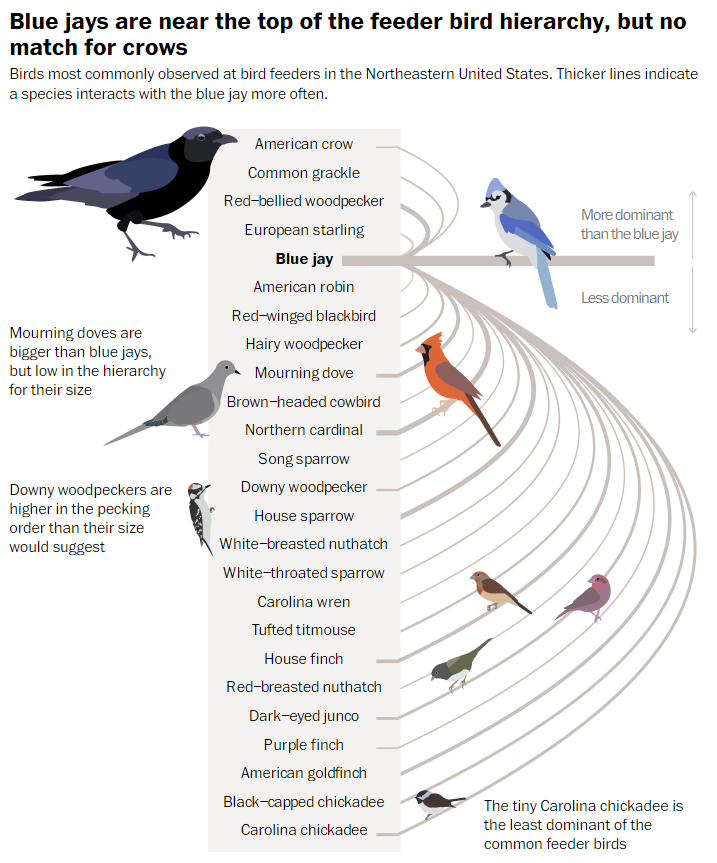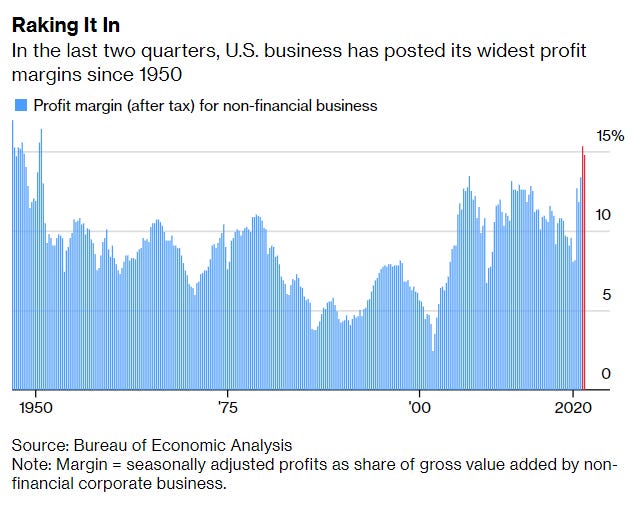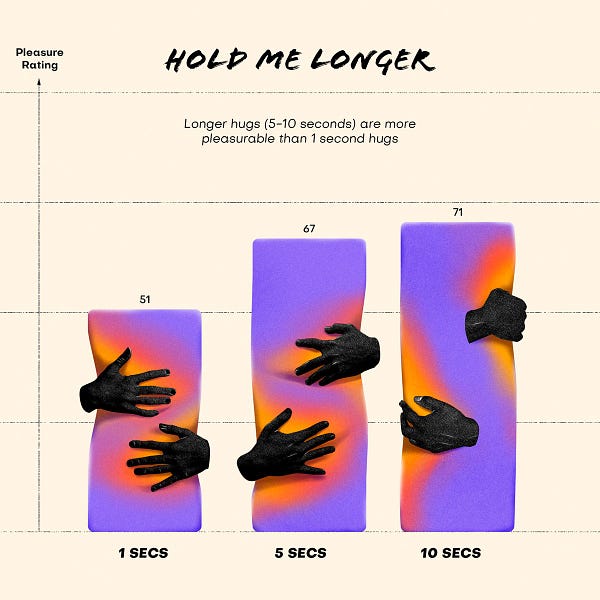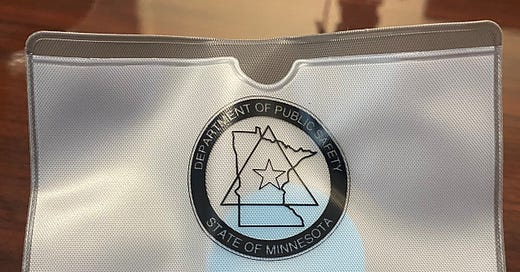The Ingraham household remains in Covid quarantine hell until next week, so until I have the time and space to focus on any one topic for more than three seconds here are some Good Charts I’ve stumbled across recently that I think you’ll enjoy.
Asshole bird power rankings
Over at the Post, my former colleagues Andrew Van Dam and Alyssa Fowers carry on the tradition of devoting precious Business section column inches to data-driven discussions of bird behavior with their analysis of dominant species at American bird feeders.
The findings come from a database of 100,000 bird interactions recorded by citizen scientists working with Project Feeder Watch. They show that crows are the most dominant of the common feeder birds, with other notorious feathered sociopaths like grackles, starlings and blue jays not far behind. Smaller birds like chickadees and finches typically yield to these larger, more aggressive species.
Cornell University ornithologist Eliot Miller pointed out, however, that the “true king of the bird feeder” is furry, has a bushy tail and is feared by all avians: the grey squirrel. “Squirrels will eat a bird no problem,” he said.
Fact check: horribly, disgustingly true.
Businesses post biggest profits since the 1950s
Bloomberg has a feature today on the latest quarterly profit data for American businesses, which show the highest margins since the 1950s. What it says to me is that firms have plenty of wiggle room to create better conditions for their employees — they can clearly afford the higher pay, more generous benefits and more flexible arrangements that workers are increasingly demanding.
The data also show that the share of corporate earnings going to employees is still considerably lower than the 20th century average, another indicator that it’s time for CEOs and shareholders to pay up. Workers, whether unionized or not, have more leverage now than at perhaps any other point in recent memory. Use it! It’s a great day to demand a raise.
How to give the best hugs, according to science
Data visualizer Gabrielle Merite illustrates the findings of — get this — a recent peer-reviewed study of the science of hugging. “The influence of duration, arm crossing style, gender, and emotional closeness on hugging behaviour” presents the results of an experiment in which 48 undergraduate women were blindfolded and hugged, for various durations, by another woman in a lab setting. Afterward the participants were asked to rate how satisfying the hugs were.
They rated longer hugs, of at least 5 seconds in duration, as considerably more pleasurable than short, 1-second hugs. Notably, two of the women receiving short hugs apparently latched on to the hugging researcher in an effort to prolong the embrace, a violation of protocol which resulted in their data having to be thrown out.
The limited results raise all sorts of fascinating questions: what would happen if the huggers or huggees were men? How would the results be different in a natural setting with people familiar to the participants, rather than in the sterile formality of an undergrad psych lab? Is there an upper time limit beyond which the hug satisfaction curve begins to trend downward, or is hug happiness an infinitely increasing quantity?
If scientists ever answer these questions they’ll be reported here: at The Why Axis, America’s most trusted chronicler of hug data.
















Now THIS is the reporting I subscribed for! 😂. For real, had a lot of fun with this and forwarded.